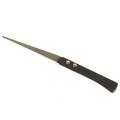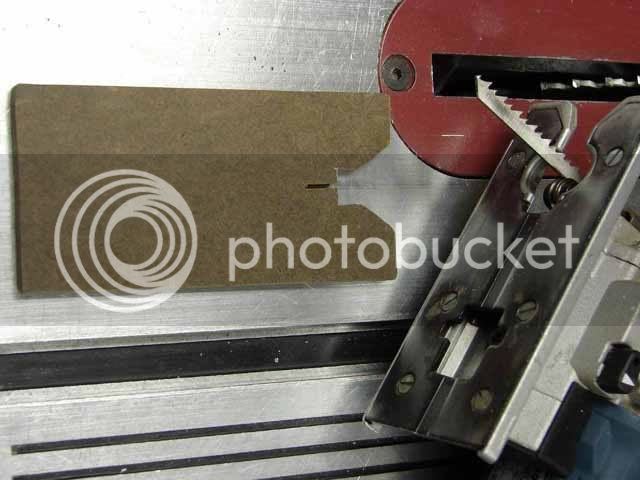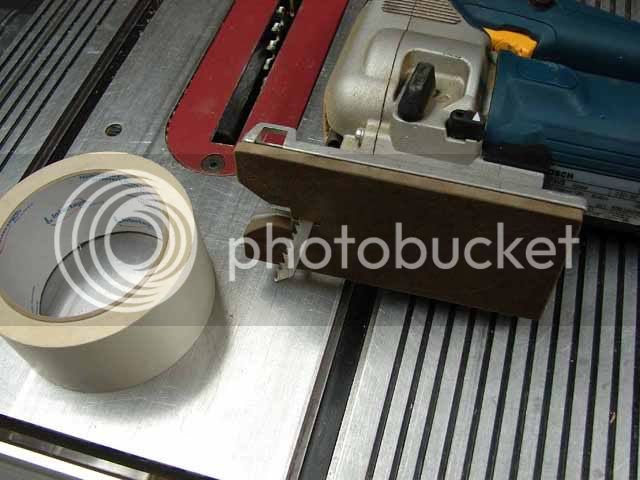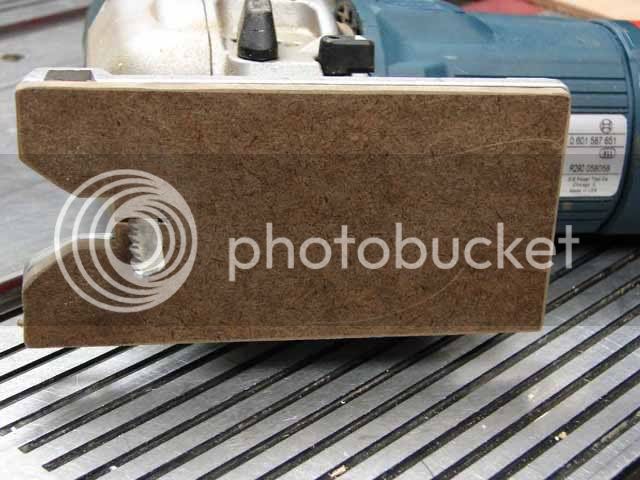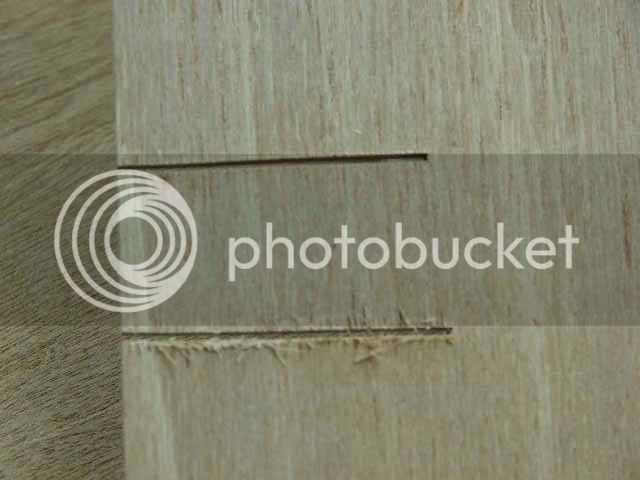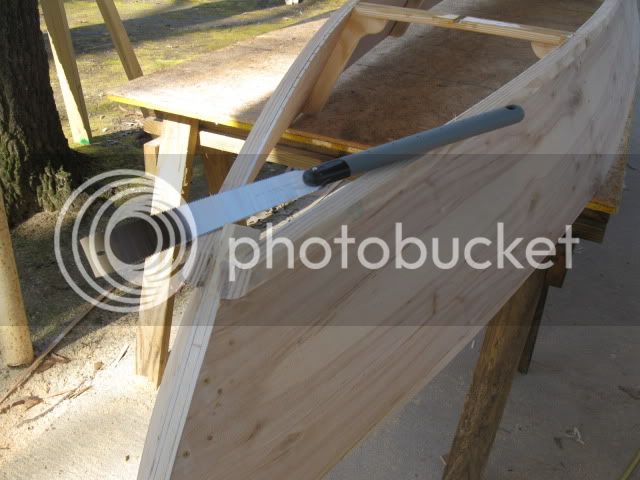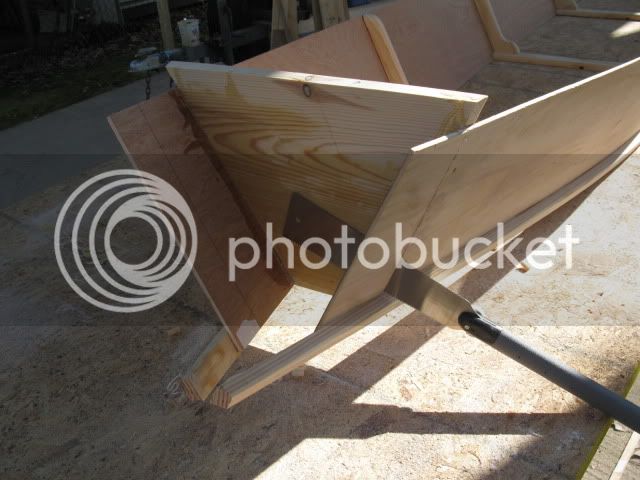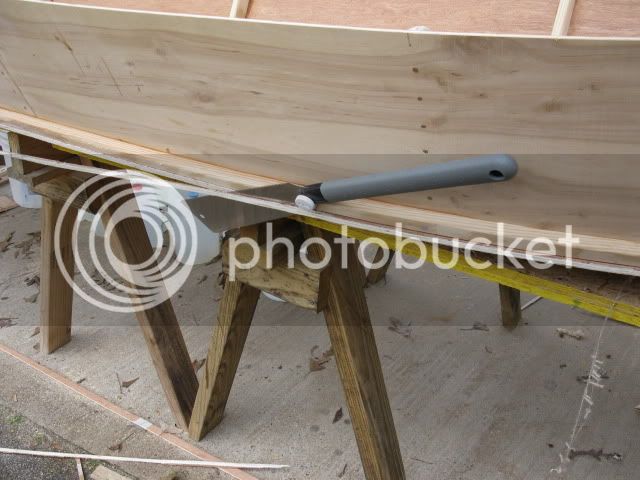An effective woodworkers trick to eliminate splintering on your cuts is to make a zero clearance insert/baseplate for your saw. Trace the outline of the baseplate of your saw on a piece of thin hardboard or plywood and cut it out. Then cut down the center of the new baseplate with the blade that you will be using to create a zero clearance opening for your blade. In the photos I used 1/4" hardboard, however 1/8" would work just as well.
Using double sided carpet tape, attach the zero clearance plate to the sole of your saw's baseplate.
This luan plywood was cut with a Bosch T101DP blade. The top cut was made with the zero clearance baseplate attached to my saw, and the bottom cut was made without the zero clearance plate.
I didn't touch the wood after cutting. The beginning of the top cut shows some slight tearing at the beginning of the cut I think because I didn't have the saw baseplate resting flat on the wood at the start of the cut.
If you prefer using a circular saw, attach the zero clearance plate to your saw with the blade above the baseplate, then turn the saw on and lower the blade through the zero clearance plate to create the blade slot.
Hope the photos attach okay. I've never done this before. If they don't show up maybe someone could give me some detailed instructions on how to get them into this post. Thanks.
Bruce



